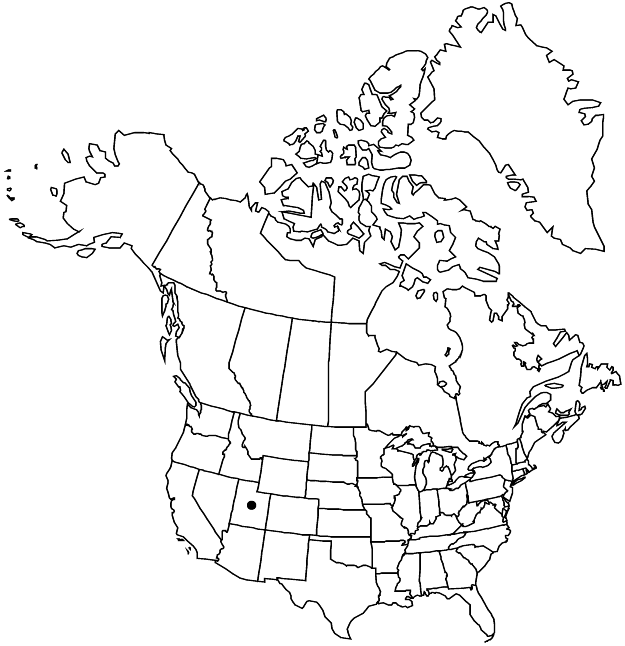Difference between revisions of "Eriogonum soredium"
Great Basin Naturalist 41: 229, fig. 1. 1981.
FNA>Volume Importer |
FNA>Volume Importer |
||
| Line 49: | Line 49: | ||
|publication year=1981 | |publication year=1981 | ||
|special status= | |special status= | ||
| − | |source xml=https://jpend@bitbucket.org/aafc-mbb/fna-data-curation.git/src/ | + | |source xml=https://jpend@bitbucket.org/aafc-mbb/fna-data-curation.git/src/f6b125a955440c0872999024f038d74684f65921/coarse_grained_fna_xml/V5/V5_536.xml |
|subfamily=Polygonaceae subfam. Eriogonoideae | |subfamily=Polygonaceae subfam. Eriogonoideae | ||
|genus=Eriogonum | |genus=Eriogonum | ||
Revision as of 20:09, 24 September 2019
Herbs, matted, scapose, 0.01–0.1 × 1–3 dm, densely white-tomentose, whitish. Stems matted, with persistent leaf bases, up to 1/5 height of plant; caudex stems matted; aerial flowering stems scapelike, erect, slender, solid, not fistulose, 0.02–0.15 dm, tomentose. Leaves basal, fasciculate and sheathing nearly entire length of stem; petiole 0.05–0.2(–0.3) cm, tomentose; blade narrowly elliptic to narrowly oblong, 0.2–0.7 × (0.07–)0.1–0.25 cm, densely white-tomentose, margins plane. Inflorescences capitate, 0.5–1 cm; branches absent; bracts 6–8, scalelike, lanceolate to narrowly triangular, 1.3–1.6 mm. Peduncles absent. Involucres 4–6 per cluster, turbinate, 2–2.5 × 1.3–1.5 mm, rigid; teeth (4–)5, erect, 0.5–0.6 mm. Flowers (1.5–)2–2.5 mm; perianth white, glabrous; tepals connate proximal 1/4, slightly dimorphic, oblanceolate to ovate or obovate, those of outer whorl 1.5–2 mm wide, those of inner whorl 1–1.5 mm wide; stamens included, 2–2.5 mm; filaments sparsely pubescent proximally. Achenes light brown, 2–2.5 mm, glabrous.
Phenology: Flowering Jun–Sep.
Habitat: Gravelly to rocky limestone slopes, mixed saltbush and sagebrush communities, pinyon-juniper woodlands
Elevation: 2000-2300 m
Discussion
Of conservation concern.
Eriogonum soredium is a rare and localized species known only from the San Francisco Mountains of Beaver County. It is considered a “sensitive” species in Utah, and occasionally is seen in cultivation.
Selected References
None.
